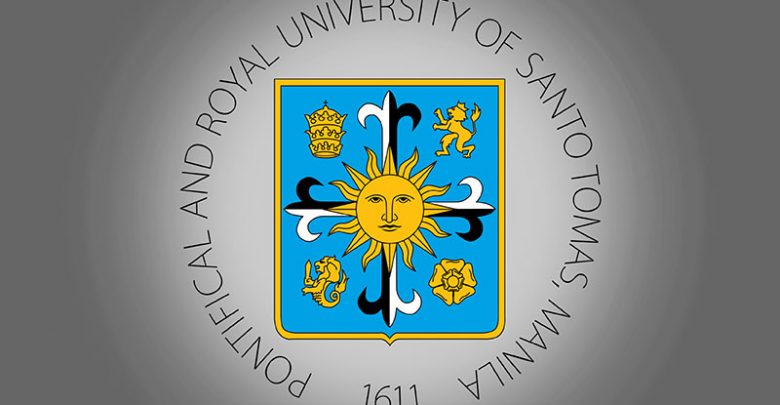University of Santo Tomas

The University of Santo Tomas, founded in 1611, is the oldest in Asia. It is located along Sampaloc district. Composed of almost of perfect square 22,000 sq. m, this university is considered to be the oldest and largest university in the City of Manila. The second archbishop of Manila, the Dominican Miguel de Benavidez, obtained the necessary authorization from King Philip III of Spain and himself paid for the first buildings of the Colegio Seminario de Nuestra Seora del Rosario, renamed the Colegio Santo Tomas in 1616 in honour of Thomas Aquinas. In 1637 Philip IV granted the college, then within the walls of Intramuros, the status of a university. In 1785 Charles III gave it the style of royal university; in 1902 Pope Leo XIII recognised it as a pontifical university; and in 1947 Pius XII granted it the title of the Catholic University of the Philippines. It was visited by Pope Paul VI in 1970. Originally for male students only, Santo Tomas began to admit women in 1927. It moved to its present site in 1927, the site in Intramuros having proved too cramped. Among its students have been Rizal, Quezon, Osmeña and Aguinaldo. It now has more than 33,000 students. During the Japanese occupation (1942-45) the University buildings were used as an internment camp for American and Allied civilians. There is an interesting Museum (botany, zoology, anthropology, archaeology, etc.), with some 1,500,000 items in its collections. The Library has valuable manuscripts and incunabula. There are two other universities in the neighbourhood, the Far Eastern University and the University of the East (60,000 students). From the University of the East Legarda Street leads to the Plaza del Carmen, in which is the church of San Sebastian. The first church on the site, built by Recollects in 1621, was destroyed in an earthquake, as were two later churches. The present neo-Gothic building was erected in 1891. It has a steel frame designed to make it earthquake-proof, for which 50,000 tons of steel were transported from Belgium in eight cargo ships. The church, modeled on Burgos Cathedral in Spain, has two bell-towers and a lantern tower. It contains a Mexican image of the Virgin of Carmel brought to the Philippines in the 17th century, the original head of ivory, was stolen in 1975.